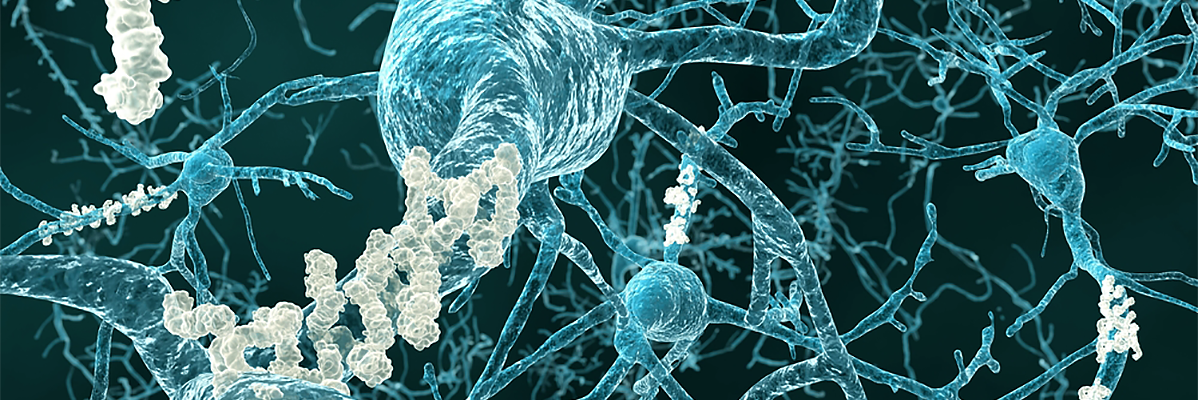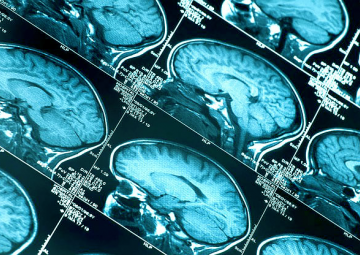
Description
A hallmark feature of Alzheimer’s disease (AD) is an accumulation of amyloid plaques in the brain, which typically starts many years before symptoms are observed. We used amyloid PET brain scans to investigate this plaque build-up in pairs of twins at risk of developing AD. The data is currently undergoing analysis to calculate the heritability of these plaques - that is, to determine to what degree genes play a role. We are also investigating potentially modifiable environmental factors that may be contributing to the build-up of plaques and the associated changes in memory and thinking.

Project Members
- Professor Perminder Sachdev, Project Lead, CHeBA
- Professor Christopher Rowe, Nuclear Medicine Specialist, Department of Nuclear Medicine, Centre for PET, University of Melbourne, Austin Health
- Associate Professor Wei Wen, Head of the Neuroimaging Laboratory, CHeBA
- Dr Anbupalam Thalamuthu, Biostatistician, CHeBA
- Dr Rebecca Koncz, PhD Candidate, CHeBA
In conjuction with the Older Australian Twins Study team.
Publications
The Heritability of Amyloid Burden in Older Adults: the Older Australian Twins Study
Koncz et al. Journal of Neurology, Neurosurgery & Psychiatry. 2022; DOI: 10.1136/jnnp-2021-326677
Project Supporters
The pilot study was funded by the NHMRC. This study received further funding through an NHMRC project grant for 2015-2017.








